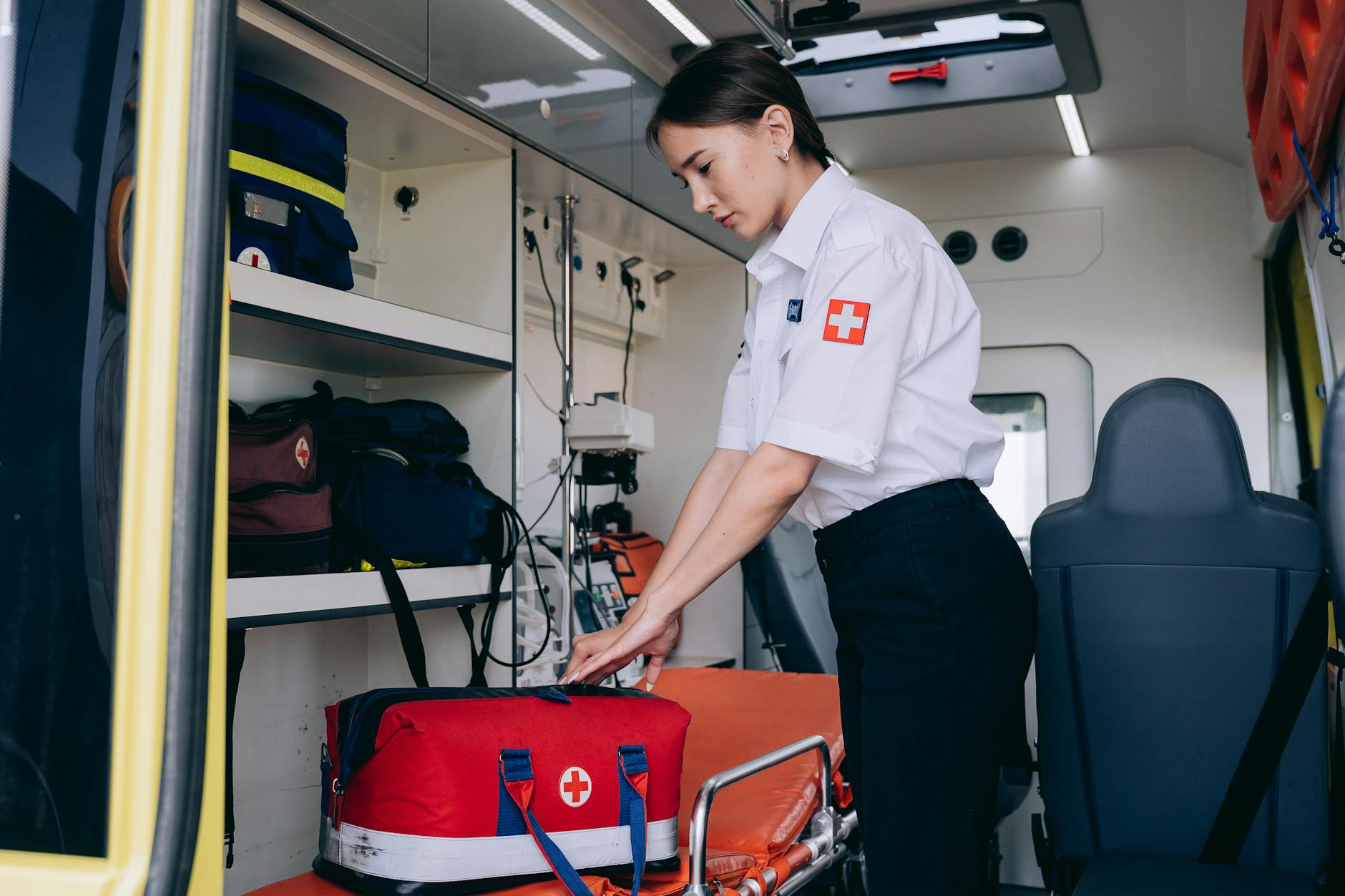
Emergency Rescue Kits: Essential Tools for Preparedness
In times of crisis or emergency, having the right tools and supplies can make all the difference. That’s where emergency rescue kits come in. These kits are carefully curated collections of essential items designed to help individuals and responders address various emergencies quickly and effectively. Let’s explore what emergency rescue kits are, what they contain, and why they’re crucial for preparedness.
What is an Emergency Rescue Kit?
An emergency rescue kit is a portable collection of supplies and equipment assembled to assist in responding to emergencies, disasters, or unexpected situations. These kits are designed to be easily accessible and contain items that can address a wide range of needs, from medical emergencies to survival situations.
Key Components of an Emergency Rescue Kit
While the specific contents of an emergency rescue kit may vary depending on the intended use and individual preferences, some common components include:
- First aid supplies: Bandages, gauze pads, adhesive tape, antiseptic wipes, tweezers, scissors, and other items for treating wounds and injuries.
- Emergency communication: A charged cell phone, a battery-powered or hand-crank radio, and a whistle for signaling for help.
- Food and water: Non-perishable food items such as energy bars, canned goods, and freeze-dried meals, as well as water pouches or purification tablets for hydration.
- Shelter and warmth: A lightweight emergency blanket, a poncho or raincoat, a thermal sleeping bag, and hand warmers to provide protection from the elements.
- Tools and equipment: Multi-tool or Swiss army knife, flashlight with extra batteries, duct tape, rope or paracord, and a signaling mirror.
- Personal hygiene items: Toilet paper, wet wipes, hand sanitizer, and feminine hygiene products for maintaining cleanliness and sanitation.
- Emergency documents: Copies of important documents such as identification, insurance policies, medical records, and contact information for family members and emergency contacts.
- Specialized items: Depending on specific needs or circumstances, additional items such as prescription medications, spare glasses or contact lenses, baby supplies, pet supplies, or personal protective equipment (PPE) may be included.
Types of Emergency Rescue Kits
There are various types of emergency rescue kits tailored to different situations and environments:
- Home emergency kit: Designed to address common household emergencies such as power outages, natural disasters, or medical emergencies.
- Car emergency kit: Intended for use in vehicles and contains items such as jumper cables, a tire repair kit, roadside flares, and emergency blankets.
- Outdoor or wilderness survival kit: Geared towards outdoor activities such as camping, hiking, or backpacking, and includes items for navigation, shelter building, fire starting, and signaling.
- Workplace emergency kit: Customized for specific workplace environments and may include items such as personal protective equipment (PPE), emergency evacuation plans, and communication devices.
- Disaster preparedness kit: Comprehensive kits designed to address a wide range of emergencies and disasters, including natural disasters, pandemics, terrorist attacks, or mass evacuations.
Why are Emergency Rescue Kits Important?
Emergency rescue kits are important for several reasons:
- Readiness: Having an emergency rescue kit prepared and readily accessible ensures that individuals are ready to respond effectively to emergencies at a moment’s notice.
- Self-sufficiency: Emergency rescue kits provide essential supplies and resources to help individuals become self-sufficient during emergencies when access to outside assistance may be limited or unavailable.
- Safety and security: By addressing basic needs such as first aid, communication, shelter, and sustenance, emergency rescue kits help enhance safety and security during emergencies.
- Peace of mind: Knowing that you have a well-equipped emergency rescue kit can provide peace of mind and confidence in your ability to handle unexpected situations and emergencies.
Conclusion
Emergency rescue kits are indispensable tools for preparedness, providing essential supplies and resources to help individuals and responders address a wide range of emergencies quickly and effectively. By assembling and maintaining an emergency rescue kit tailored to their needs and circumstances, individuals can enhance their readiness, safety, and resilience in the face of adversity.
Safety Standard Operating Procedures Manual
HSE Standard Operating Procedures
FAQs about Emergency Rescue Kits
- How often should I update my emergency rescue kit?
- Emergency rescue kits should be checked and updated regularly, ideally every six months to ensure that supplies are current, functional, and in good condition.
- Where should I store my emergency rescue kit?
- Emergency rescue kits should be stored in a readily accessible location that is easy to reach in an emergency, such as a designated closet, pantry, or storage area.
- Can I customize my emergency rescue kit based on my specific needs?
- Yes, emergency rescue kits can and should be customized based on individual preferences, circumstances, and potential hazards in your environment.
- Are there pre-assembled emergency rescue kits available for purchase?
- Yes, there are many pre-assembled emergency rescue kits available for purchase online and in stores, ranging from basic first aid kits to comprehensive disaster preparedness kits.
- How can I learn more about assembling an emergency rescue kit?
- There are many resources available online, including government websites, preparedness organizations, and emergency management agencies, that provide guidance and recommendations for assembling emergency rescue kits.
























